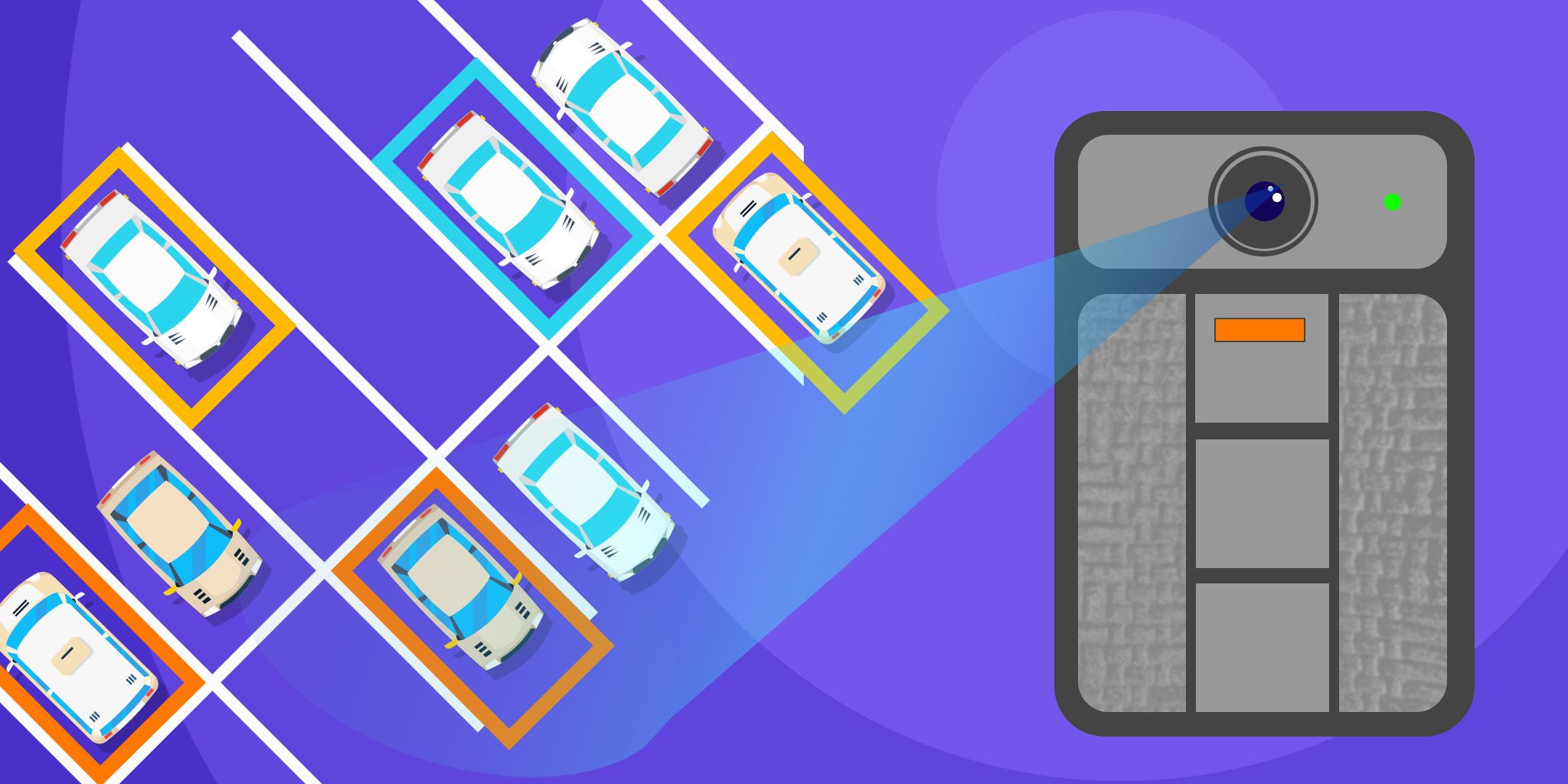Can IoT Help Smooth The Rocky Road to Electric Vehicle Adoption?
Can IoT Help Smooth The Rocky Road to Electric Vehicle Adoption?
- Last Updated: December 2, 2024
Guest Writer
- Last Updated: December 2, 2024



The future of the planet needs us, humans, to change our ways, especially when it comes to road transport which accounts for around 13% of global carbon emissions. A key element in this change will be the switch of private car and commercial vehicle propulsion from Internal Combustion Engine (“ICE”) to Battery Electric (“EV”s).
With recent legislation and product launches, we can be in no doubt that governments and the automotive industry are planning for the mass adoption of EVs. However, the road to transition is strewn with a few large boulders, additional complexities that create anxiety and confusion for potential EV owners.
The wide disparity between the familiar simplicity of ownership and operation of a conventional vehicle versus an electric vehicle is a significant barrier to mass adoption that must be overcome.
The EV industry is indeed in its early decades. Whilst I hesitate to use the loaded term “the Wild West,” it’s certainly in flux, with the future shape still to emerge from the fog and every point on the value chain proliferating at dizzying speeds. For instance, the number of charge-point operators keeps growing, with over 50 companies in the UK alone (according to ZapMap).
Business models and pricing differ widely, from memberships with monthly fees to exclusive roaming partnerships. Payment systems range from charge cards and RFID tags to open access and contactless. Industry standards, even for critical items like wattage, charging cables, and plugs, show only the early signs of settling down.
The wide disparity between the familiar simplicity of ownership and operation of a conventional vehicle versus an EV is a significant barrier to mass adoption that must be overcome. This, I believe, is where the IoT communications industry can play a key part in eliminating complexity by addressing the root cause of much of the uncertainty – by providing ‘real-time information.
The Death of Range Anxiety?
In most developed countries, over successive generations, drivers have become habituated to the ubiquity of the gas station. Before a journey, we usually give the fuel gauge a cursory glance, as the consequence of an unscheduled refill is at worst a short detour and a five-minute stop.
This is so much not the case for the EV driver at the moment, for whom Range Anxiety; the rational fear of being stranded with a flat battery, out of reach of the nearest charge point; is often cited along with price as the main barrier to EV adoption.
Ask any EV owner, and they will recount tales of near-misses, massive delays and detours to find available, working chargers, or even stranding and rescue. This does not happen to the average ICE driver, and it stands in the way of mass EV adoption.
The widely announced massive build-out of public charging infrastructure, combined with EV technology developments, will, in time, enable the same level of spontaneity in driving as for the ICE.
The Birth of Charge Point Angst
With the demise of Range Anxiety, however, a freshly minted worry has been emerging; “Charge-Point Angst” when you’re partway through a 300-mile journey, with 30 miles range showing, and you follow the app’s GPS 10 miles to a charger, only to find it’s actually out of order, can’t read RFIDs or take card payments.
This suggests that the Charge Point Operator is either unaware of the site’s status or unable to rectify the problem; either way, remotely, it’s not great. Whilst clearly not that widespread, this seems to happen often enough, and the consequences of each occurrence are serious enough for stories to circulate.
A May 2019 UK survey by ZapMap (reported in Autocar) showed almost 25% of chargers out of service, of which 7.5% were flagged up with a problem (on the app) while 16% were not communicating their status.
The Criticality of Communications
Boiled down to basics, a charge-point is simply a power supply, a meter, a user ID/payment mechanism, and – ideally, a condition monitoring sensor. Public charge-points need to be metered so that the users can be identified and billed, and monitored so that the operator can see (and report to users’ apps) the site’s status in real-time.
If any single aspect of this ensemble fails, then the charge point will not be operational, creating a lost revenue opportunity, frustration to users, and the potential for damage to the brand’s reputation.
Designers of charge points and their operating networks naturally focus on the main tasks, such as getting power to the site, choosing the right hardware, and learning or writing the software to manage them. As a result, the communications component can be treated as a commodity in this process.
When everything about the charge point business relies on real-time communications, from maintenance status, operational monitoring and usage-metering to user ID and payment processing, even where the fixed line is installed, GSM back-up should be designed into the system as an emergency standby in case of connectivity issues.
The Most Comprehensive IoT Newsletter for Enterprises
Showcasing the highest-quality content, resources, news, and insights from the world of the Internet of Things. Subscribe to remain informed and up-to-date.
New Podcast Episode

Moving Past the Pilot Phase in IoT and AI
Related Articles





